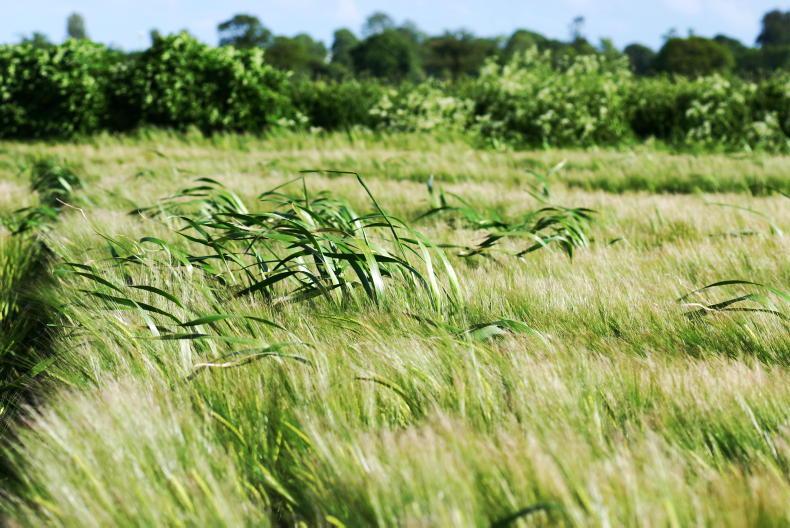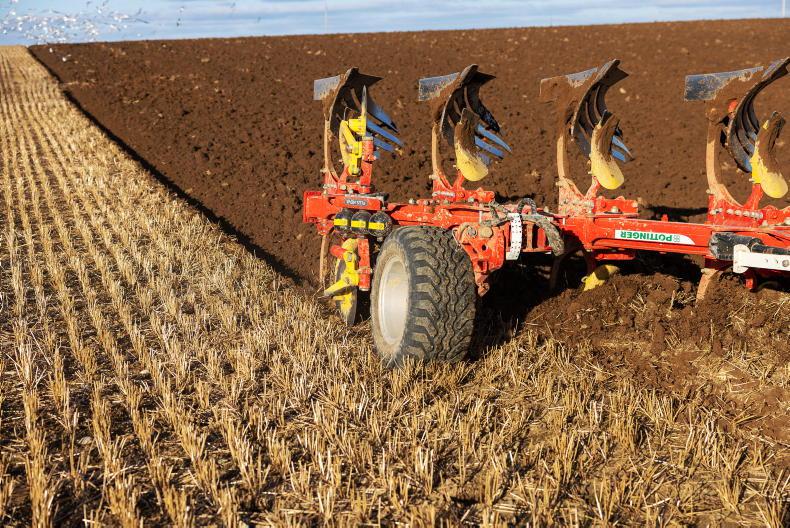I recall speaking at a tillage conference, some time ago, where I remarked; “What is it about us tillage farmers, when no sooner have we found a cultivation system which works perfectly for us, then we go and change it?”
It was a naïve and silly question and one that I should have been taken to task on. Clearly all the sharp minds had fallen into a post-lunch stupor, because it went unchallenged. The reality is that everything has its time and place and we have to continually react to changing needs and circumstances.
Soil cultivation is no different. What was considered the most suitable technique years ago is not necessarily right or appropriate for today. Needs change. Today we are – or should be – concerned about carbon release to the atmosphere and instead trying to build soil carbon reserves. Unfortunately, building soil carbon levels and ploughing are not compatible bed-fellows. They’re as incompatible as Leo and Mary-Lou. The less we mess with the soil, the greater the soil’s ability to build carbon. Minimal soil disturbance is becoming ever more important and I think EU policymakers will want to reward this.
Nonetheless, I certainly hope ploughing for combinable crops remains as an option, because ploughing is still a very useful technique. The plough is a very forgiving tool, which makes it very easy to grow decent crops. Besides, there are some tillage farmers who just have to plough and if you remove that option, they’d lose the will to live. But there is a case to be made that its use be curtailed.
You know the lovely earthy smell when a ley field is being ploughed? What you are smelling is an explosion of carbon release. There are lots of other reasons why our soil disturbance should be minimal. Weed germination is minimised and soil health and biodiversity will increase.
These environmental benefits have not gone unnoticed by gardeners. No-dig gardening is rapidly gaining new converts. Even everybody’s favourite TV gardener, the dependable Monty Don, is being swayed by the no-till/dig argument. But slugs are its nemesis. And our own Áine Lawlor has been zero-tilling the soils of Rathgar for years.
And change on our own farm is a case in point. In fields that haven’t been ploughed in years, we have min-tilled the soil to a depth of 125mm. This has served us well, but now I think we should change our approach. I’m not ready to go direct drilling, which is obviously the ultimate method to plant combinable crops. It’s not for the faint-hearted and the first rule of direct drilling is don’t give a fiddler’s about what the neighbours think. No, the next step for us is very shallow cultivation, principally for straw decomposition, slug destruction, creating stale seedbeds and a tilth to allow our sticky, silty clay soils to dry out pre-sowing.
We have been min-tilling deeper, largely to take out combine and trailer wheelings for almost 20 years now. And yes, we do have a tracked combine. It’s a chicken and egg situation. The combine is marking the ground for precisely that reason, i.e. because the soil has been loosened. Therefore, I think the soil’s trafficability (the ability of a soil to carry harvest traffic) will certainly improve with just shallow cultivation and the other benefits.
But before we get carried away, how do we know the difference between good soil trafficability and very bad compaction? Both will take machinery equally well. I’m not sure, but I suspect it’s answered in just one word – structure. A good trafficability soil should have structure – like a grass field – whereas a compacted soil will resemble 12 inches of 40N concrete. Or is that another naïve and silly question?









SHARING OPTIONS